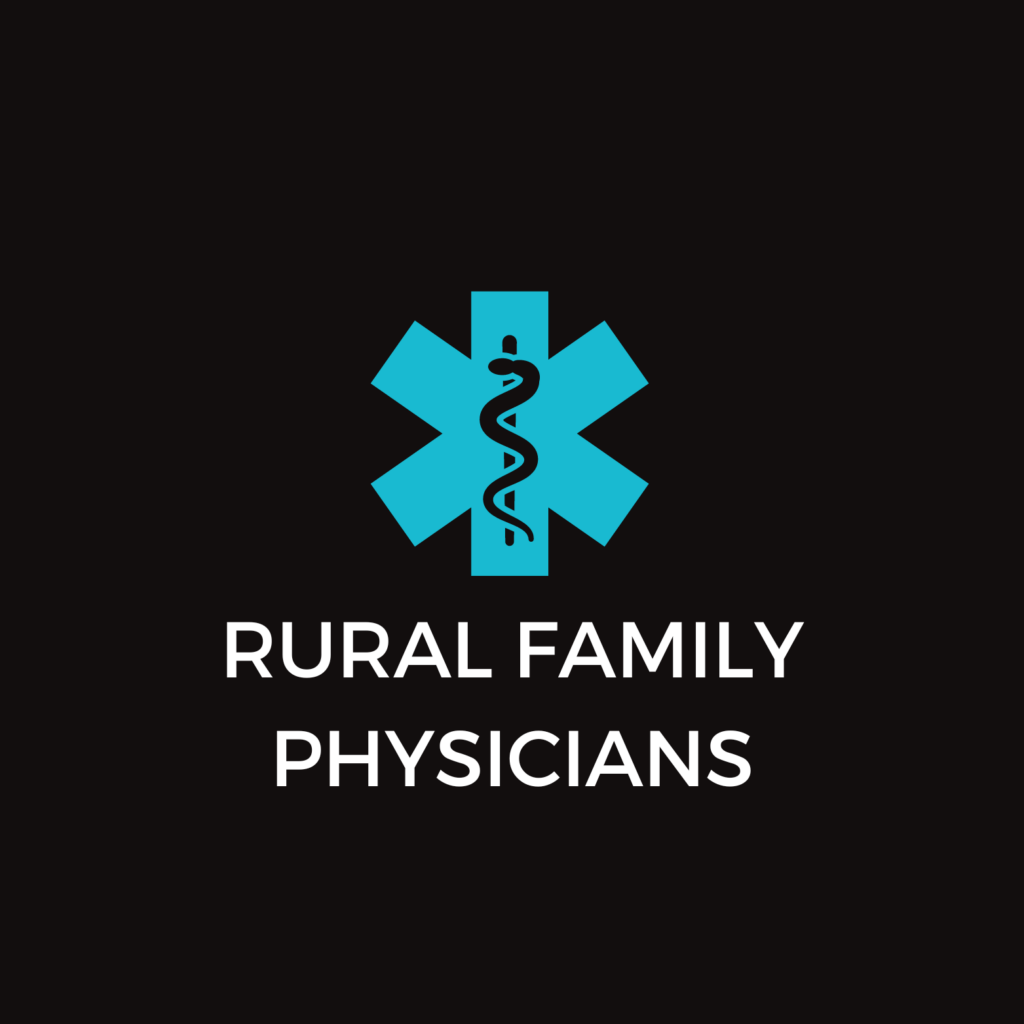Eating healthy and being active have benefits for all of us, no matter how old we are or where we live. Victor’s Garden is designed to help parents and other adults talk with children about how they can make healthier choices when they eat and how they can be more physically active. While staying fit might seem like an individual decision, it works best when families, schools, businesses, and communities come together to prevent obesity. In addition to promoting healthier eating habits and more physical activity, this book aims to inspire children to think about what they can do to make their communities healthy places to live and grow. Click here to download a copy (English/Spanish). Click here to order a FREE classroom set of 30 copies of Victor’s Garden, plus the Action Guide. Further resources and information are available at http://www.scholastic.com/inspireaction/
Accelerating Progress in Obesity Prevention: Solving the weight of the nation
Two-thirds of adults and almost one-third of children in the United States are overweight or obese, representing young and old, urban and rural, and majority and minority populations. This epidemic of excess weight is associated with major causes of chronic disease, disability, and death. Obesityrelated illness is estimated to carry an annual cost of $190.2 billion.
These staggering human and economic costs, along with the difficulties of treating obesity and the slow progress made in reversing national obesity trends, underscore the urgent need to accelerate progress in obesity prevention. The Robert Wood Johnson Foundation asked the Institute of Medicine (IOM) to identify catalysts to speed progress in obesity prevention. The IOM committee appointed to this task presents its findings in its report, Accelerating Progress in Obesity Prevention: Solving the Weight of the Nation.
The committee evaluated hundreds of prior strategies for their promise in accelerating obesity prevention over the next decade. It mapped how the most promising interacted with, reinforced, or slowed each other’s progress. This “systems approach” way of thinking allowed the committee to identify recommendations and understand how they would be important individually and, when implemented collectively, would further strengthen efforts to prevent obesity. The result was the series of goals that follow.
Make physical activity an integral and routine part of life
Create food and beverage environments that ensure that healthy food and beverage options are the routine, easy choice
Transform messages about physical activity and nutrition
Expand the roles of health care providers, insurers, and employers
Make schools a national focal point
In addition, the committee identified related recommendations, strategies, and potential implementation actions organized around five critical environments—physical activity, food and beverage, message, health care and work, and school— that urgently need reform in order to accelerate progress.




